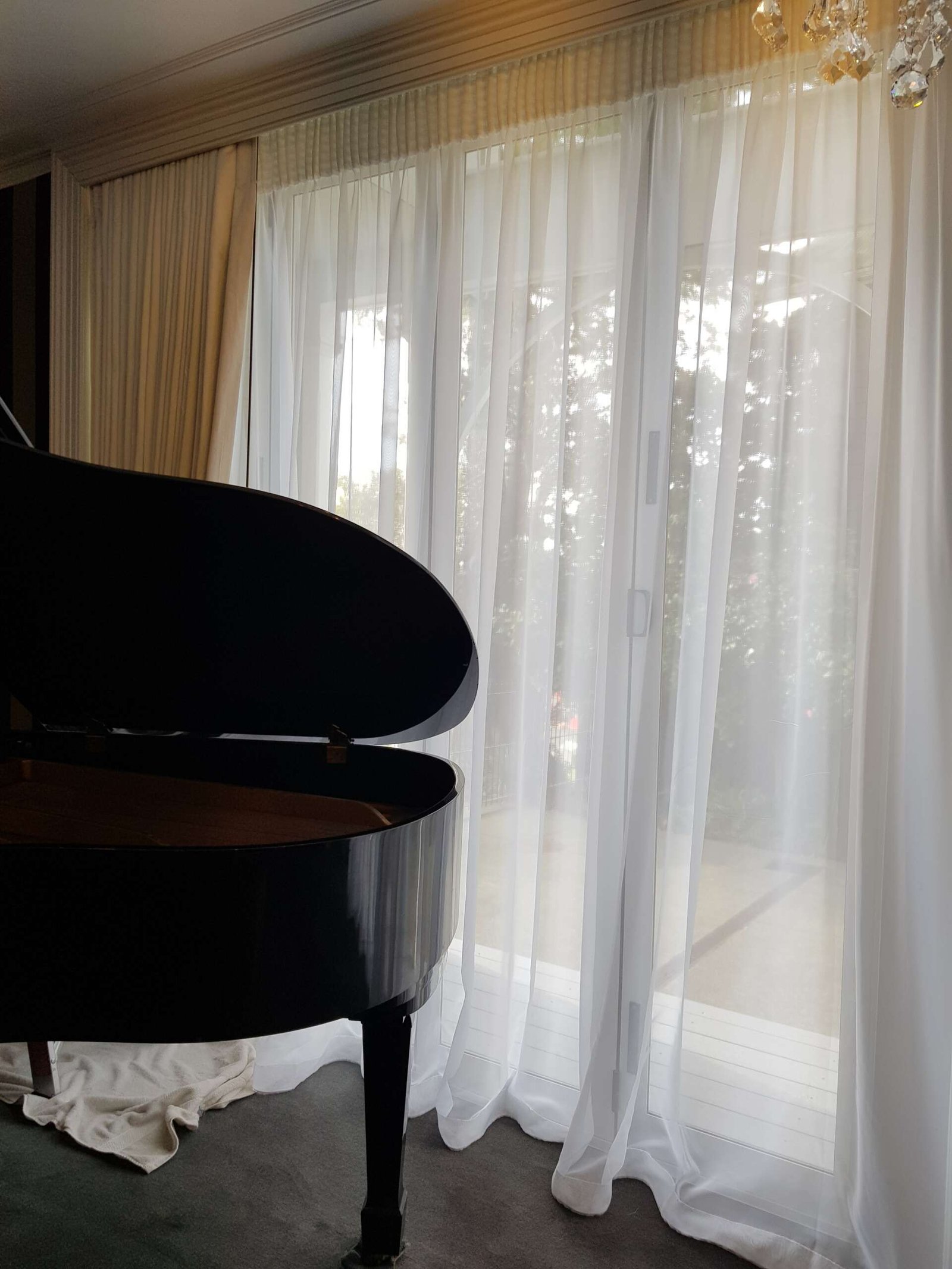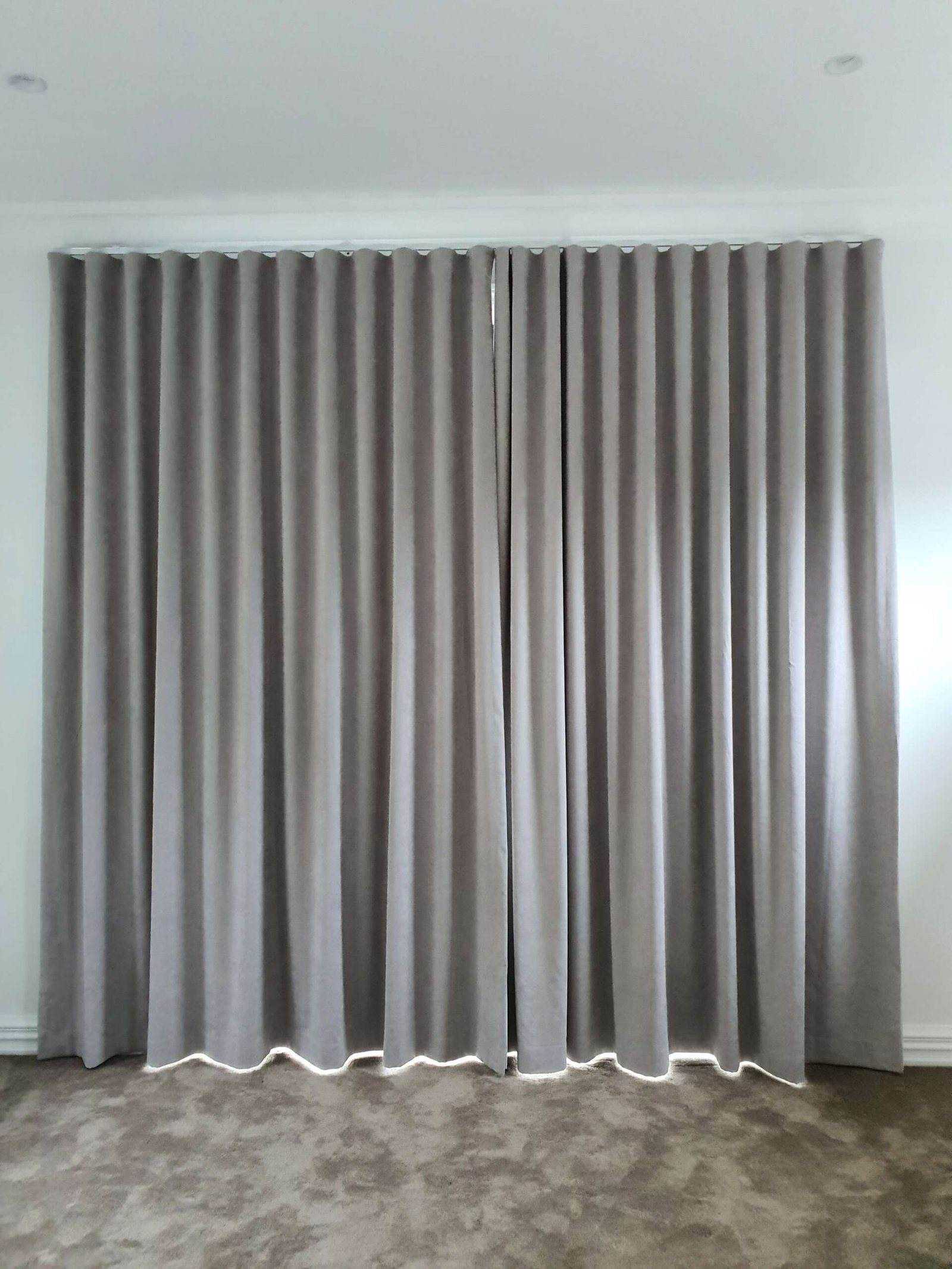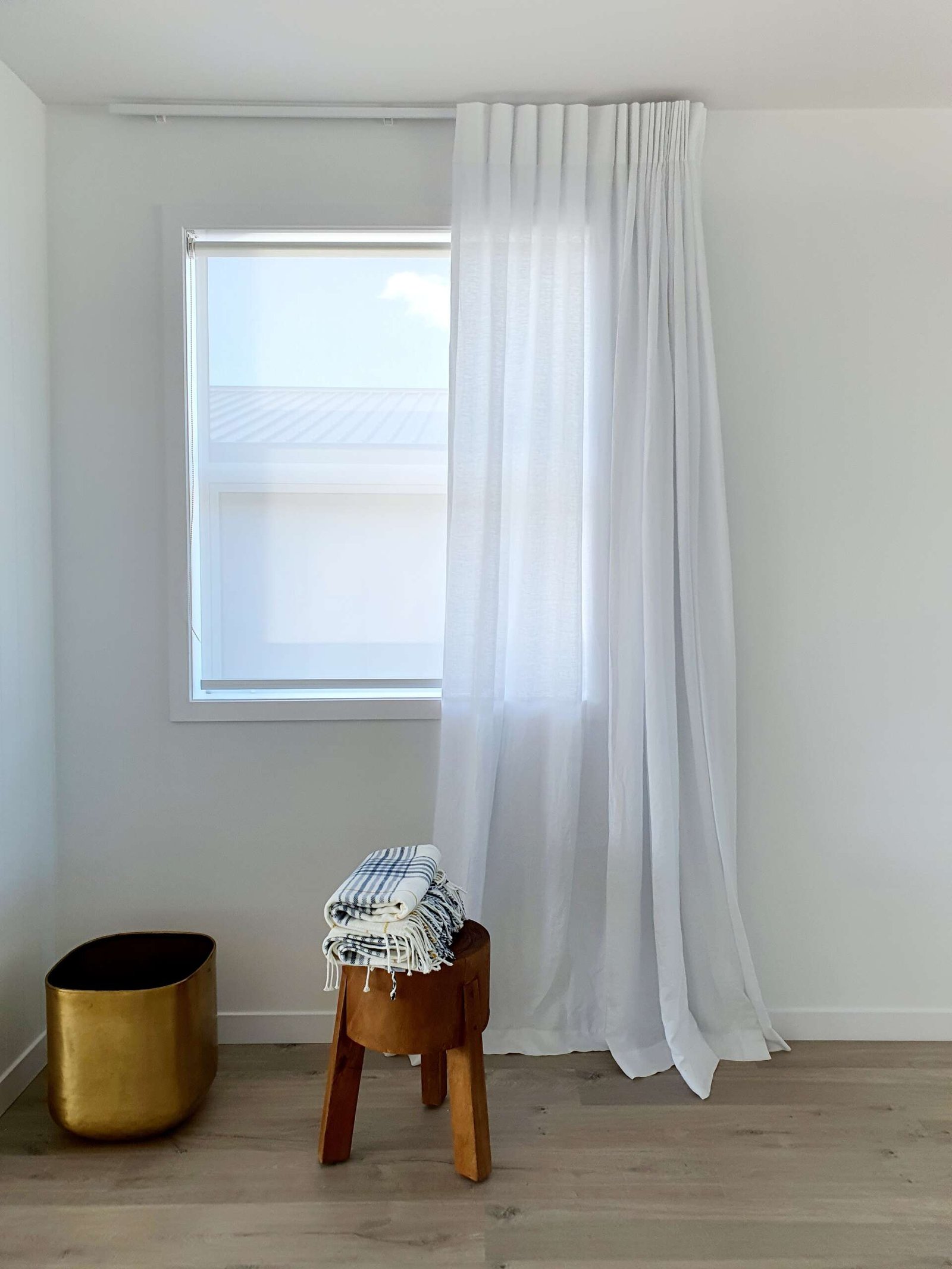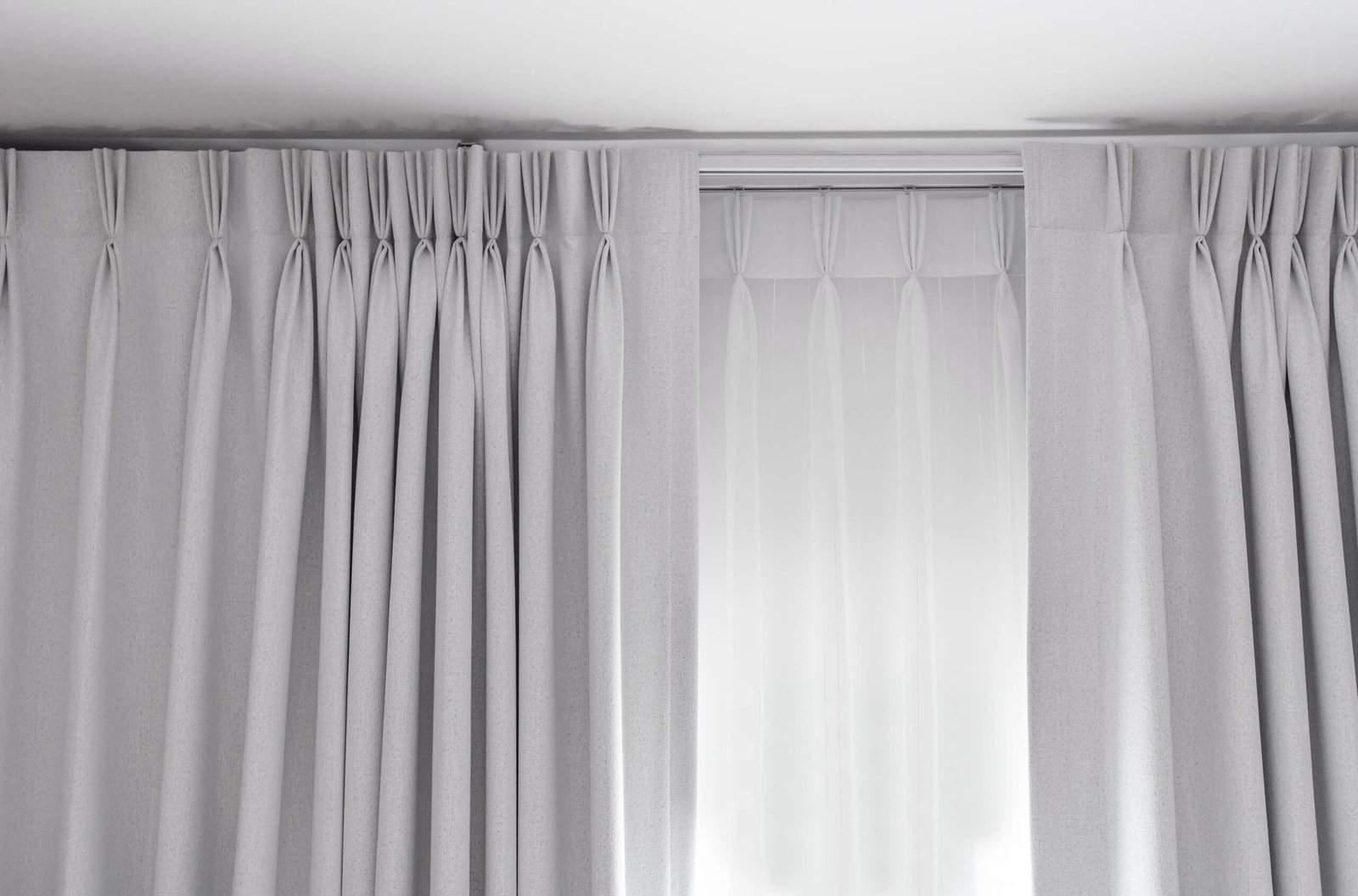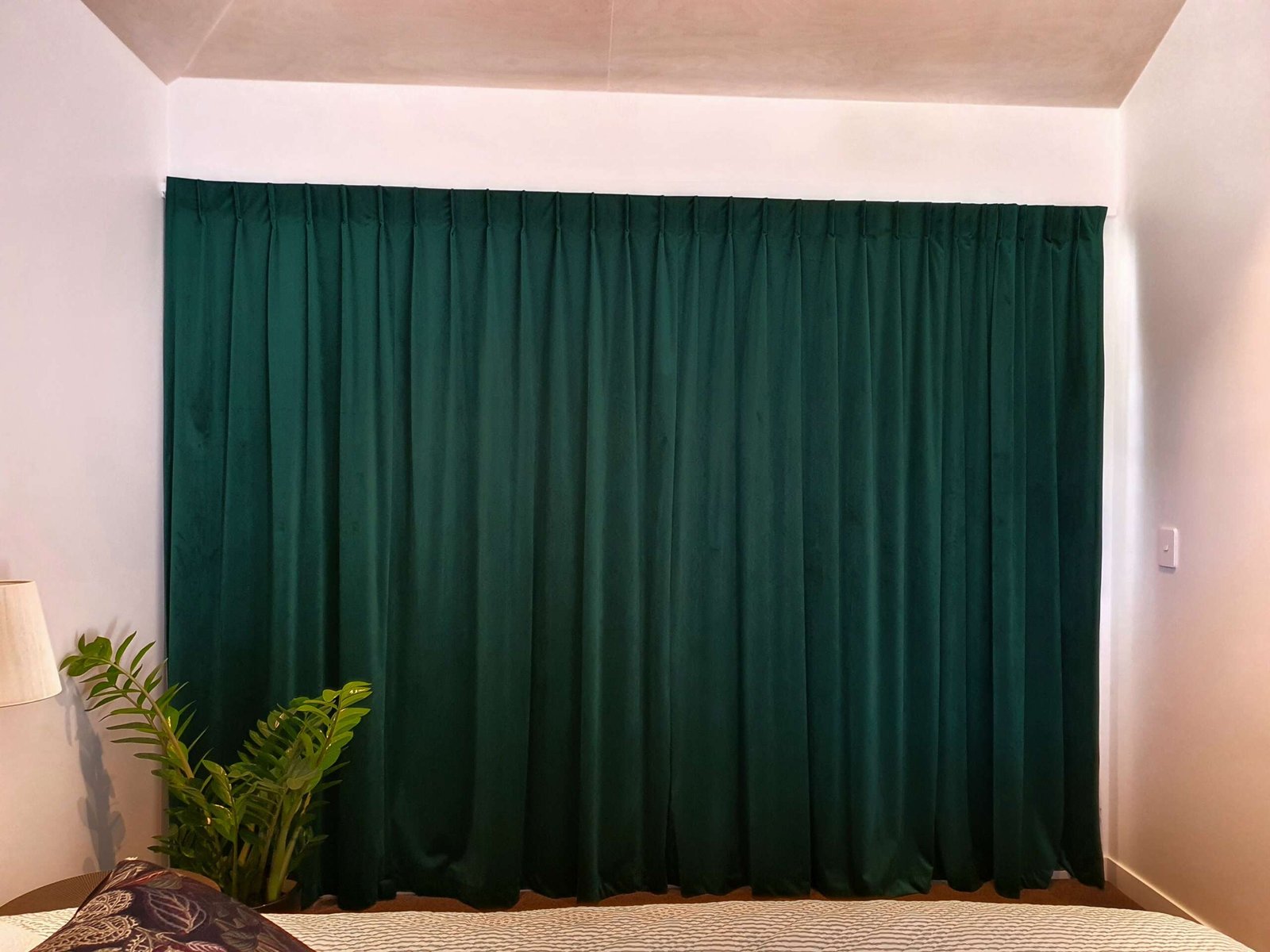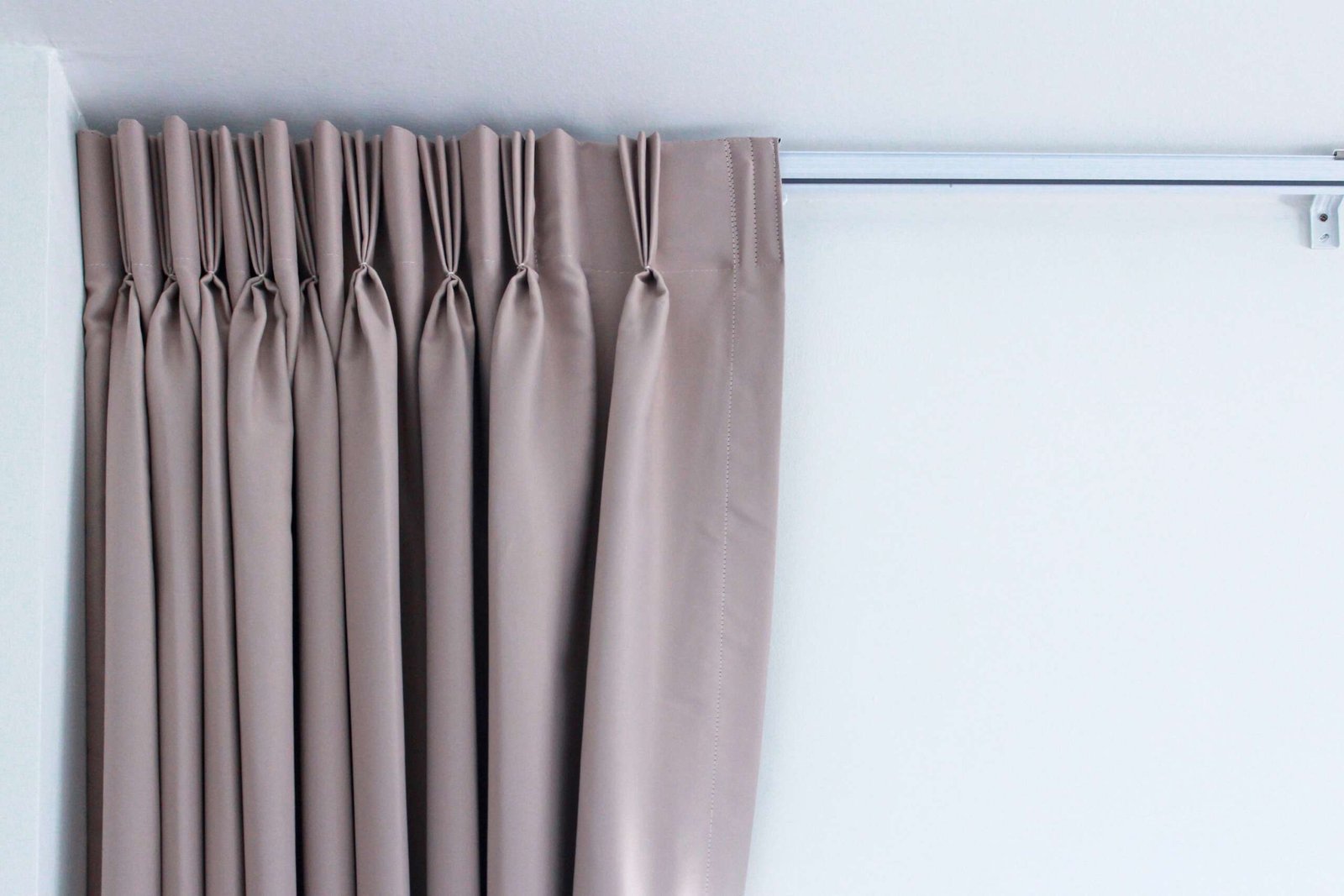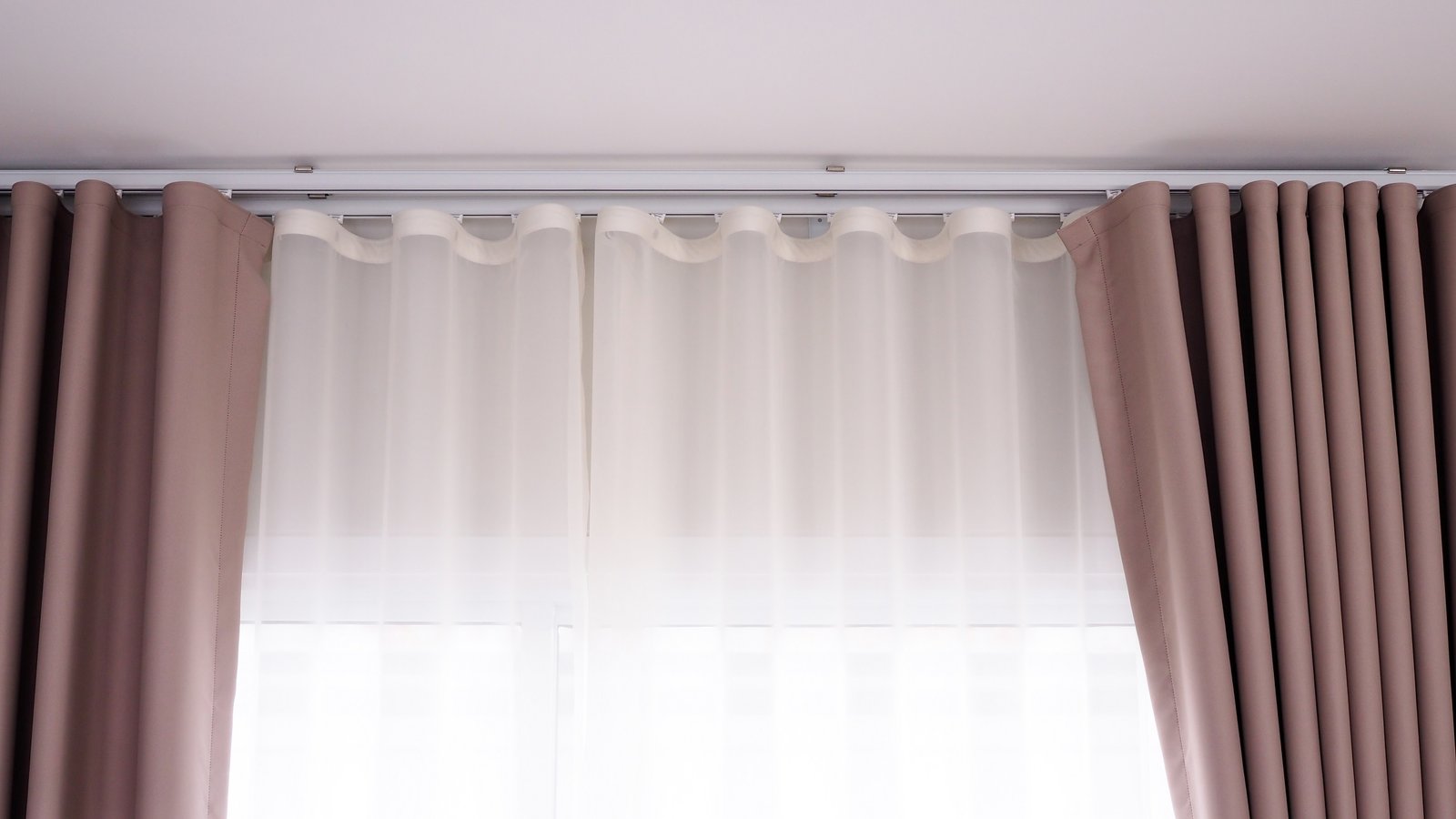Koikaa Curtains & Blinds

Services
Curtains Pleating
Curtain pleating is a technique used to create folds or gathers in the fabric of curtains. These folds can add texture, depth, and visual interest to a room, as well as help the curtains hang neatly and evenly. Different pleating options can create different effects, from a casual and relaxed feel to a more formal and traditional look.
There are mainly 5 formal and popular curtain header pleat types in the market: Single Pleat, Dutch Pleat, French Pleat, Inverted Pleat, and Pencil Pleat.
The Single pleat is a modern curtain style featuring a single pinch pleat that is evenly spaced along the heading. This creates a sleek, contemporary appearance with minimal gathering. Typically, this pleat style requires 1.5-1.7 times the amount of fabric needed to form the curtain, ensuring that the pleats are evenly spaced and maintain their crisp appearance.
The Dutch pleat is another type of curtain style featuring a double pinch pleat that is evenly spaced along the heading. This creates a look similar to the single pleat, but with added fullness and texture. Typically, the Dutch pleat requires 1.8-2 times the amount of fabric needed to form the curtain, ensuring that the pleats have a beautiful, voluminous appearance.
The French pleat is a curtain style featuring a triple pinch pleat that is evenly spaced along the heading. This creates a luxurious, plush appearance with ample fullness. Due to the triple pleating, this style requires 2-2.2 times the amount of fabric needed to form the curtain. While this pleated style is ideal for lighter-weight fabrics, it may not be suitable for heavier or bulkier materials.
The inverted pleat features a single pleat at the back, also known as a box pleat, that is evenly spaced along the top. This creates a beautiful and formal appearance.
The pencil pleat is a curtain style that features tape running across the top with cords running through it, allowing for easy adjustment to achieve the desired gather and width. This makes it a highly adjustable style, suitable for a variety of curtain fabrics and purposes. The required fullness for pencil pleat curtains varies depending on the type of fabric and its intended use. For normal curtains, a fullness of 2 times the width of the window is typically recommended. For lining curtains on a
The Eyelet heading is a contemporary and minimalist style featuring metal eyelets punched into the fabric for a rod to pass through. This style is suitable for use with rods only, and cannot be drawn past a bracket. To ensure the best appearance and functionality, it is recommended to use an Eyelet heading with a rod that is no wider than 2.5 meters. Typically, this style requires 1.8-2 times the amount of fabric needed to form the curtain, ensuring that the pleats hang smoothly and maintain their shape.
Wave curtains offer a stylish and modern way to dress windows, providing a simple yet elegant appearance. Unlike other styles, wave curtains feature a sinuous curve at the top with no gathering, bunching, or pleats, resulting in fluid folds that hang directly below the track or rod. This creates a sleek and contemporary look that works well in both modern and traditional interiors. Additionally, the curtains stack back neatly when opened, adding to the overall functionality and beauty of this style. Typically, this style requires 1.8 times the amount of fabric needed to form the curtain,
Gallery
Our Work
Get a Free Consultation
Fill out the form below and we will contact you within 24 hours to book a consultation.


